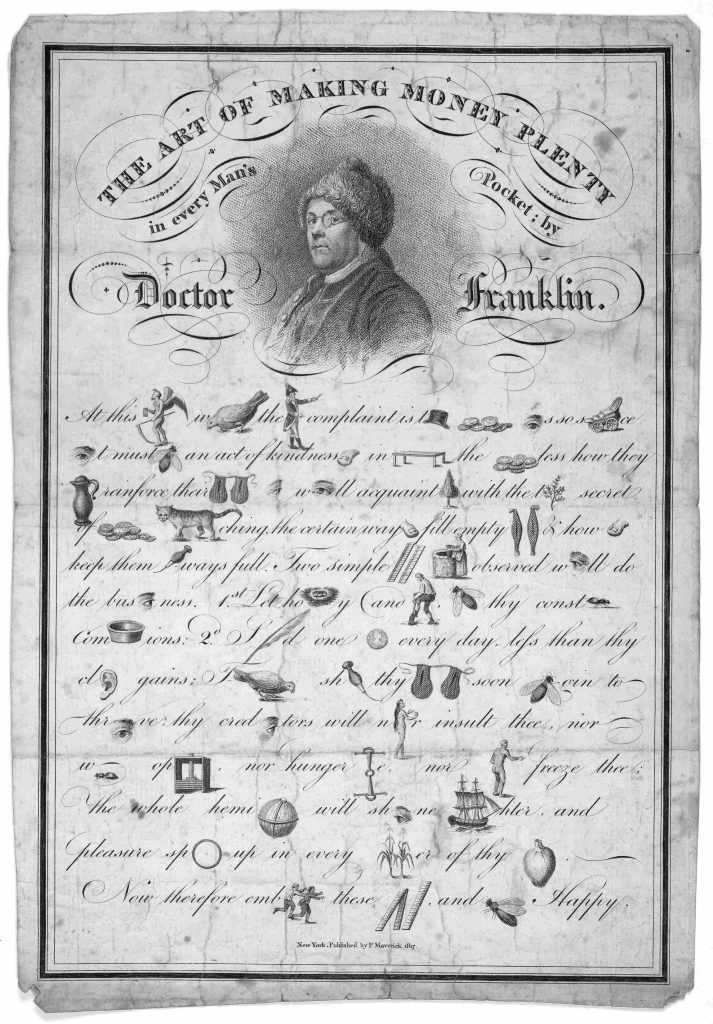Across all subject areas and age levels, teachers spend a great deal of time searching for images, historical, and primary sources to inspire student questions and provide artifacts to help students understand the past from different perspectives. Choosing media sources is crucial to support effective and efficient learning. Students see themselves and their histories and anticipated futures in the images that teachers bring into lessons. This guide supports teachers in exploring how to use selected images, especially primary sources, with durable learning routines.
Great places to find primary sources from the Library of Congress are:
The Library of Congress creates collections of primary sources along with resources for teaching their stories. You can explore their Classroom Materials collections at https://www.loc.gov/classroom-materials/, and you can directly load classroom materials photographs from this gallery.
TPS Teachers Network is a website where teachers can create and share curated collections of Library of Congress primary source.
Searching loc.gov or other collections from museums and libraries.
Types of Collections: Unique Source, Collection United by Big Idea or Theme, or a Matrix of Collections
Purposes for Using Primary Sources in Learning Routines
- Use primary sources to illustrate curricular topics, build context/background knowledge, and make connections with students.
- Implements learning experiences that ask students to analyze primary sources and use evidence from primary sources to support a hypothesis related to the school district/state curriculum.
- Implements learning experiences that ask students to consider multiple perspectives through analysis of primary sources and use primary sources to create new understandings related to a discipline and the school district/state curriculum.
Example introduction segment of a lesson using a single unique source:
Big Idea: Economic systems can benefit people and government.
Objective: What is the best national economic system: a free-market, command, or mixed economy?

Directions: Examine this primary source and conduct research to answer the questions.
- Think about what you know. Who was Benjamin Franklin?
- Create a key of symbols to decode the pictogram, “The Art of Making Money Plenty”. What does the message say?
- List major events occurring in the United States at the time this primary source was created, 1817. How might this message be connected to these events?
- Describe Franklin’s economic philosophy based on this primary source. Do you agree or disagree with his ideas? What questions do you have now, what are your next steps to answer your questions?
Primary Source Learning Routines for Unique Sources:
Example introduction segment of a lesson using a a collection of sources on a theme:
Big Idea: Change: Positive or Negative?
Objective: How have cars changed America? Directions: Examine the primary sources and answer the following questions.
Directions: Examine the primary sources and answer the following questions.
Ford factory, first assembly line, Highland Avenue, Detroit, MI, 1913, Library of Congress, American Memory
1. What is an assembly line? Based on this 1913 image, how might an assembly line affect automobile production, workers, and consumers?
Rockingham Motor Co, Inc, 1920, Library of Congress, American Memory, Emergence of Advertising in America, 1850-1920: Duke University
2. After reading and examining this poster, how has the automotive industry changed U.S. economic life in the 1920’s?
Automobile Traffic in City, ca. 1915-1930,Library of Congress, Detroit Publishing Company.
3.From this photograph and your own experiences, what problems are associated with automobile use? How have these been addressed?
Gasoline Lines, 1979 Library of Congress, Prints and Photographs Division, Miscellaneous Items in High Demand.
4.What economic costs and benefits come to mind when studying this 1979 photograph? Can you predict the future of automobiles in America?
Primary Source Learning Routines used with Collection of Sources:
